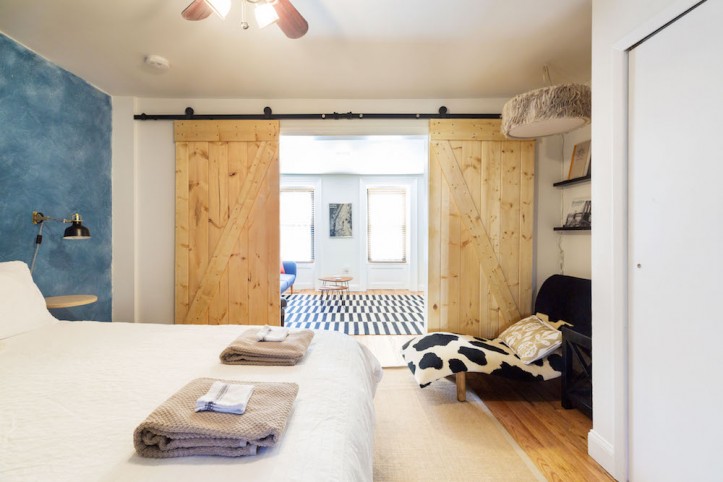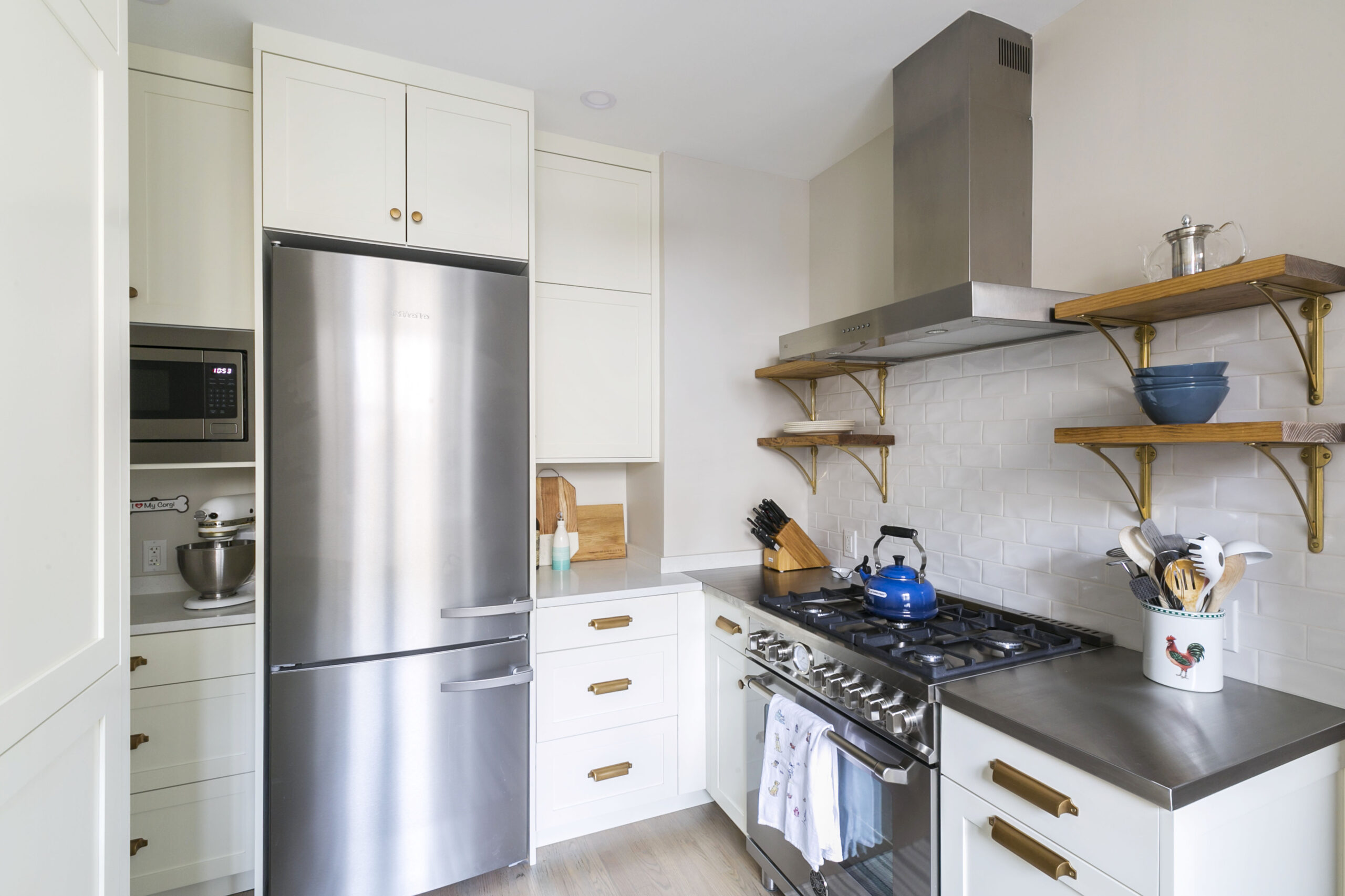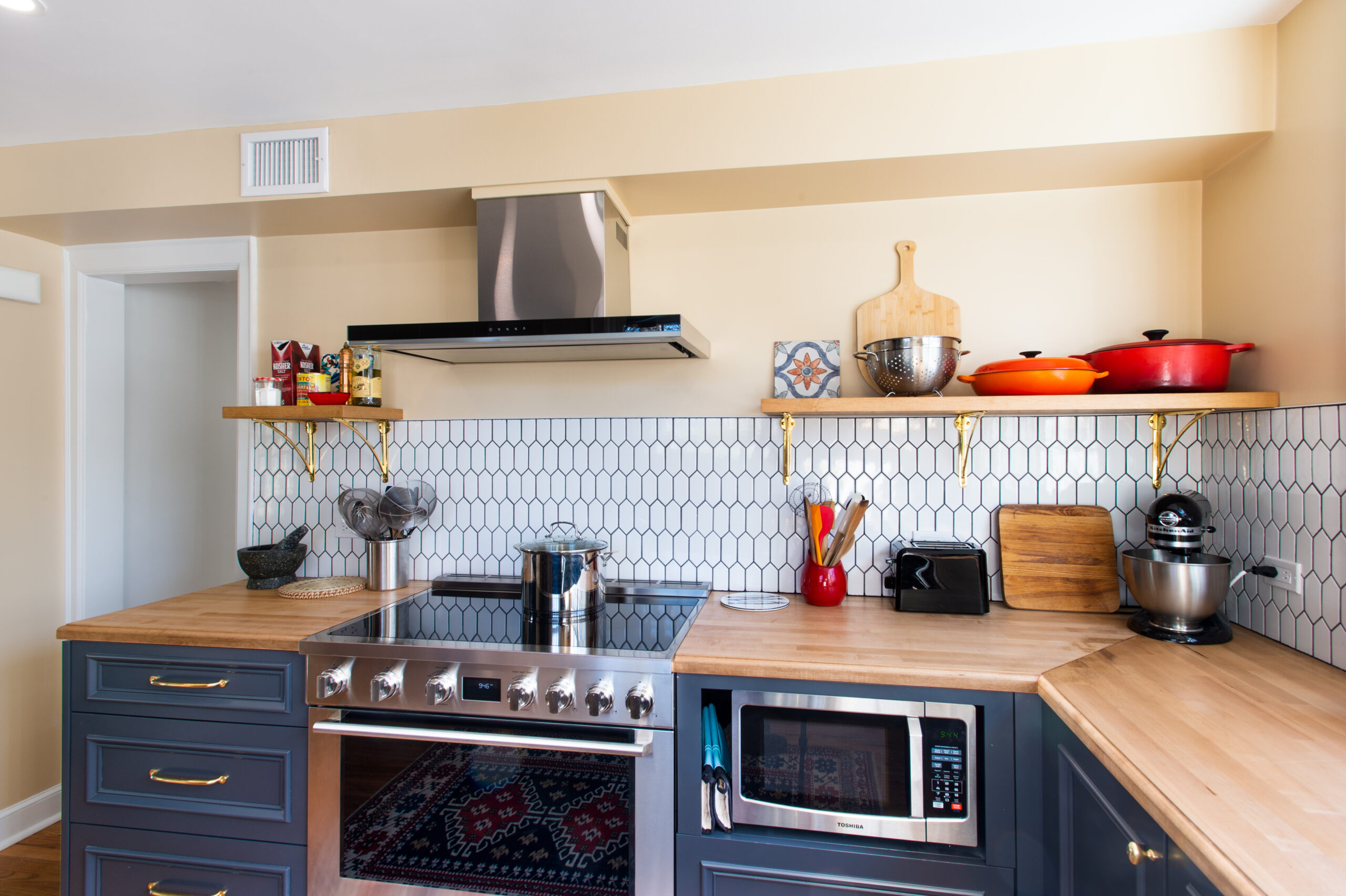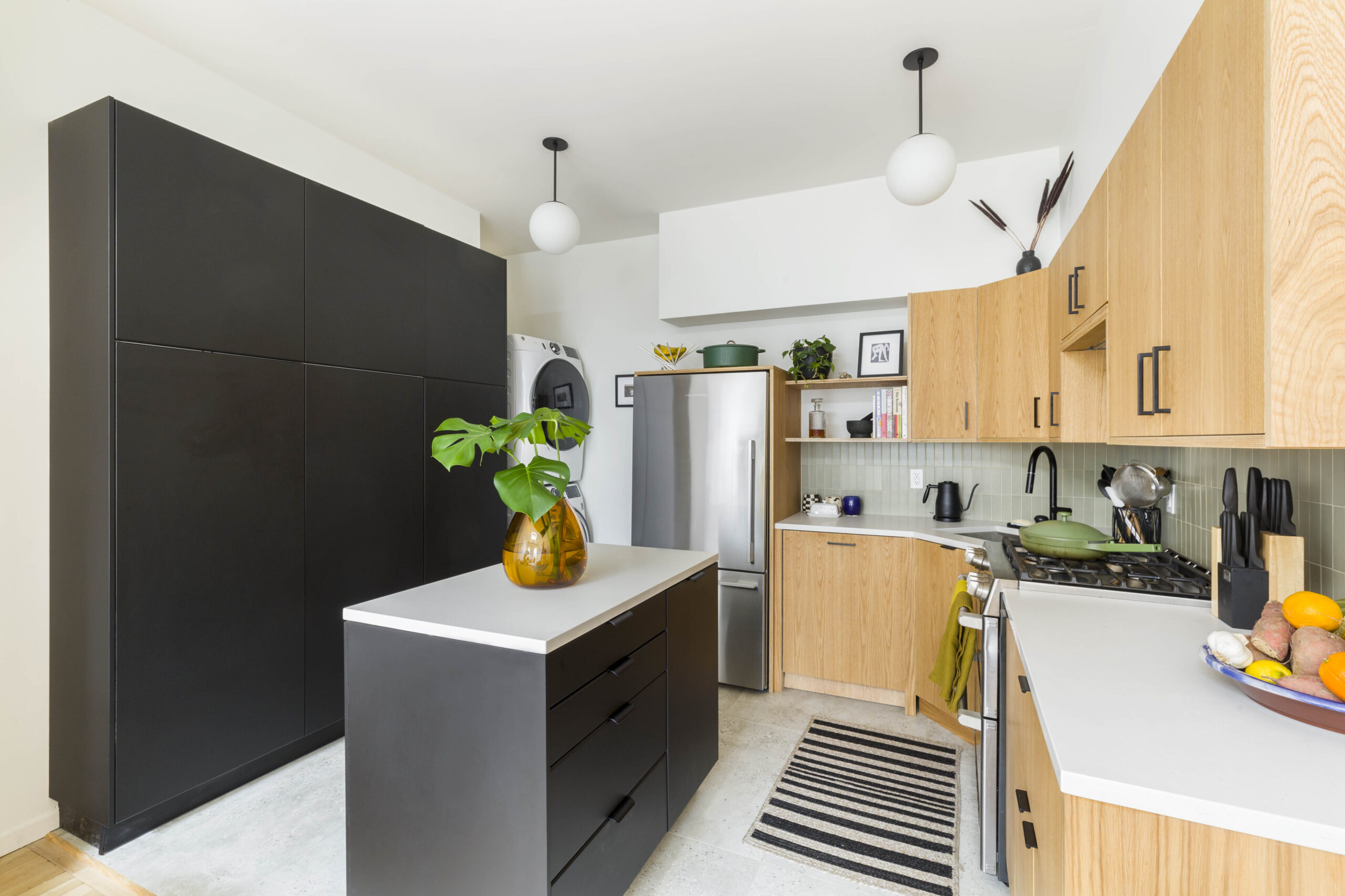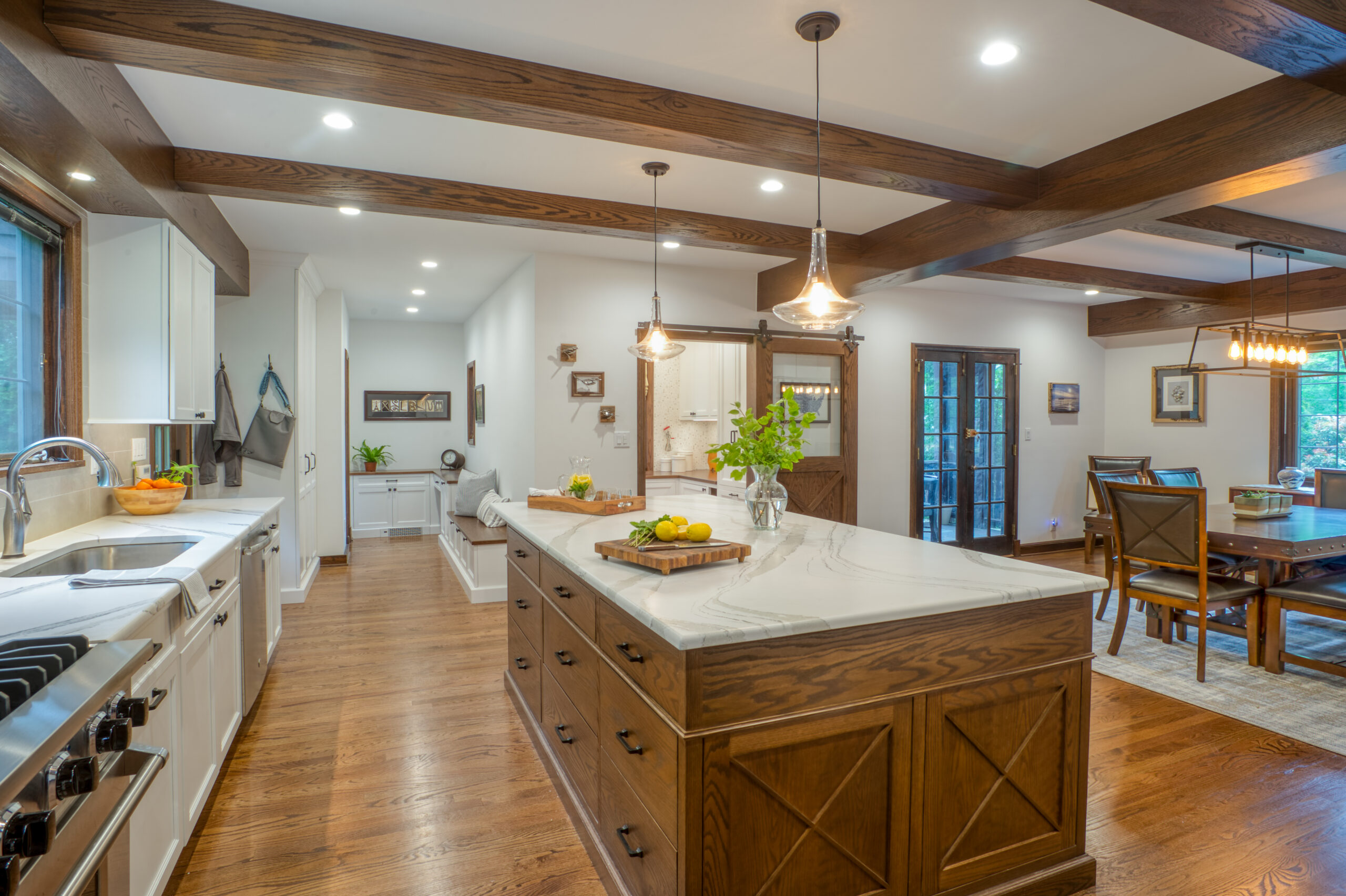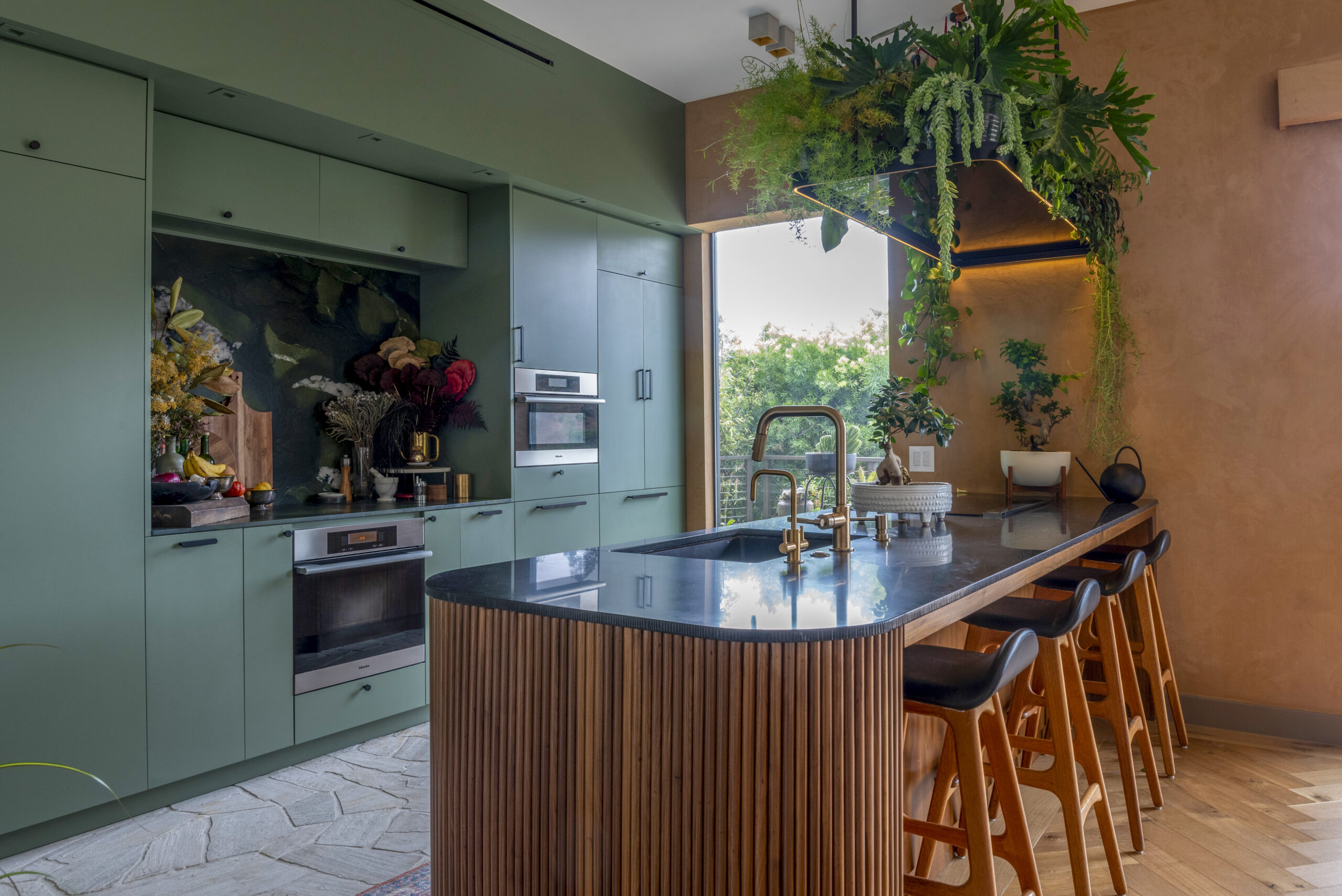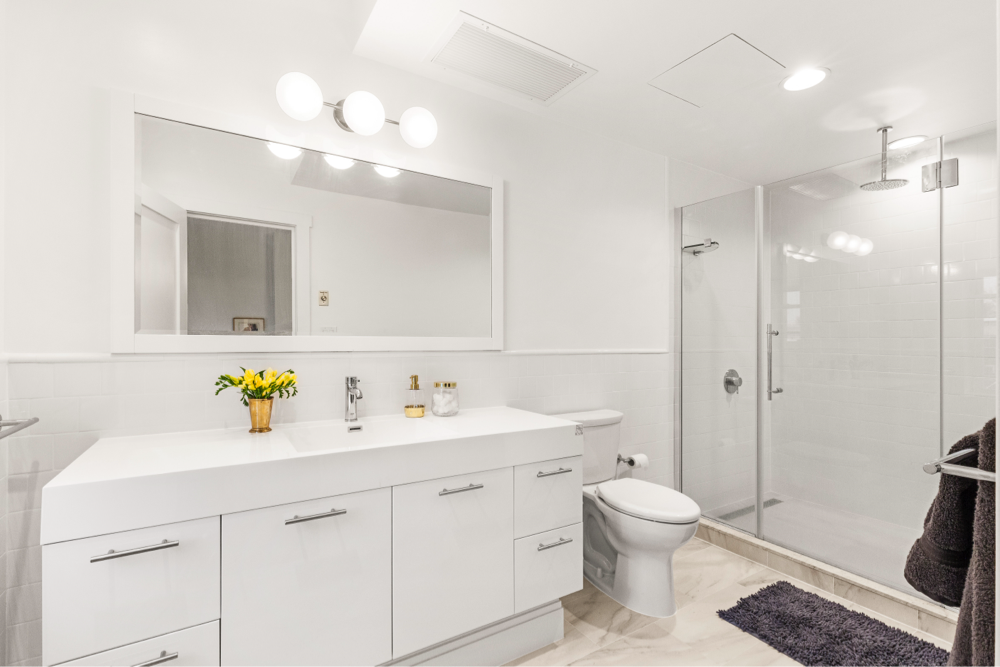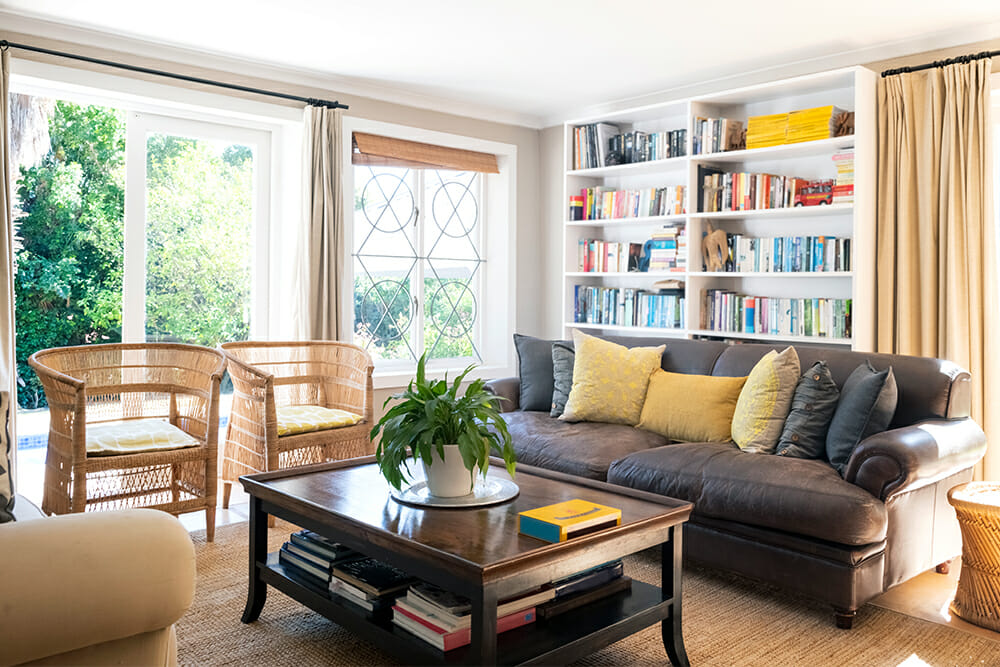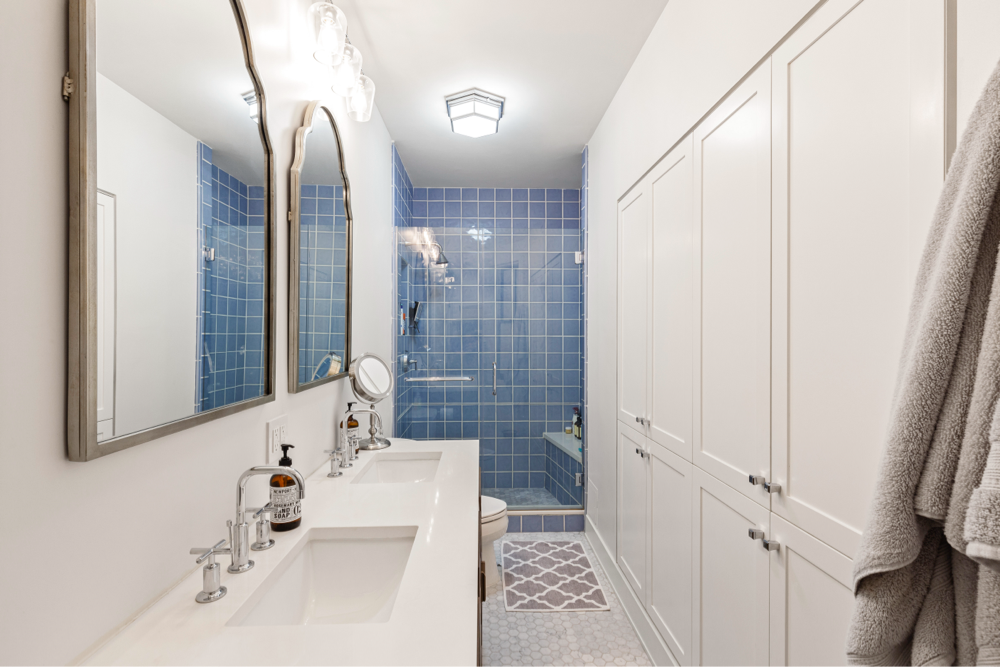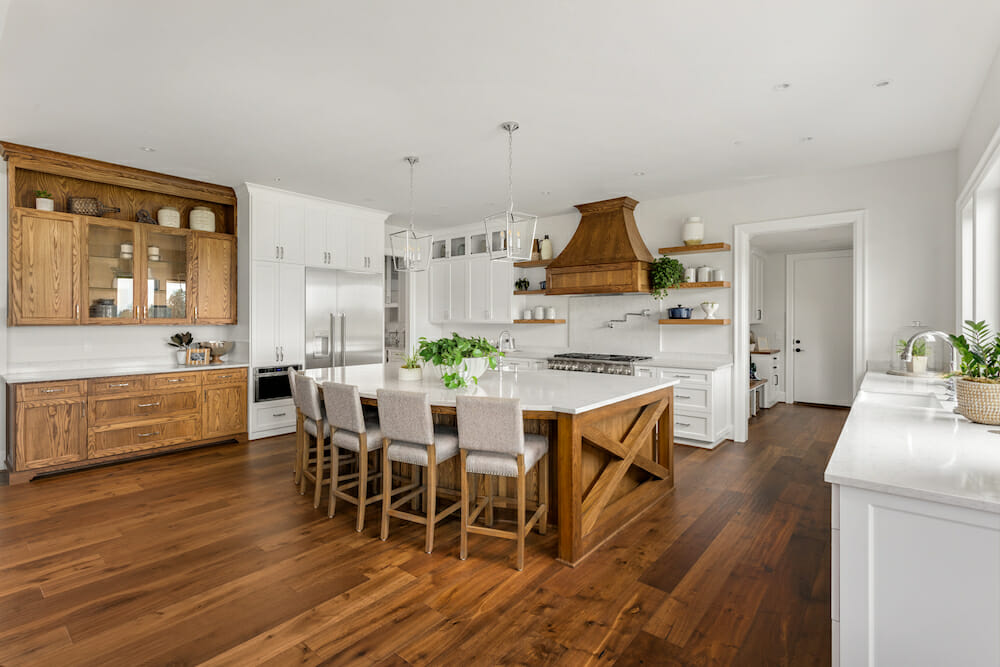Renovate Your Rental Property Wisely
The right level of TLC can mean more profit down the road
(Above) Rental renovation by Sweeten homeowner Bellamy
The process of renovating a rental property, whether it’s a summer house or an apartment building, is not so vastly different from renovating your own home, but with a lot more emphasis on budget and cost considerations. You want to invest enough in the property to be able to glean higher rent, keep it in line with market values, and hopefully, save yourself from having expensive repairs. Brett Frank, a licensed real estate salesperson with Compass, said that “based on experience and conversations with other brokers, a 15 percent premium can be made on a renovated apartment.”
Since your rental property is a source of income, the key is to concentrate on the right finishes, durable products and materials, and quick project completion. “You want the apartment to look good so you can get more money for it, but, while it’s empty and being remodeled, you’re not getting any rent,” pointed out Sweeten contractor Noam.
Here, Sweeten, a free service matching homeowners with vetted general contractors, offers insight into the whys and hows of renovating your rental property.
Meshing with the neighbors
Renters will be less discerning with a two-week vacation rental than with a place they want to call home for a much longer time. But, that said, you don’t want to spend time constantly on the maintenance track. “You want to do the right thing and not just a cheap, cosmetic solution,” Noam said.
So before you jump into renovating, do your homework. “Look at what other neighborhood rentals are receiving for rent, and which ones are getting top dollar,” said Aaron, a contractor with Sweeten. In particular, “look at the finish details and see what’s different from one to the other.” A local realtor or broker can help you make comparisons.
And unless you’re a handy DIYer or just doing a quick spruce up—new hardware, updated lighting, fresh paint—hire a licensed contractor with experience in rental properties. He/she will not only have the construction chops but may also have insight into tenant issues.
The right colors
When it comes to paint, the least expensive thing to do is make everything white—or at the very least, the same color everywhere, suggests Sweeten contractor Mark, “You can get a better price from your contractor because you won’t have the extra ‘cutting-in’ time (painting the trim a different color than the walls),” he says.
While the whole apartment or house should be neat and clean, with everything up to code and in working condition, it’s the kitchen and bathrooms that renters, just like home buyers, will focus on.
In the kitchen, in terms of color, Christine Fields, licensed salesperson, Berkshire Hathaway HomeServices Properties, said she’s seeing a lot of rentals done in Navaho White by Benjamin Moore. “It’s a warm white, not glaring or gray but a welcoming paint color.” But, Aaron, cautioned, “Keep in mind that very light kitchens can be challenging to maintain, and down the road, they can discolor more easily.” Sweeten homeowners Jerry and Janet had renovated their Brooklyn kitchen in neutral-yet-graphic shades of gray, black, and white, with an eye toward renting out their brownstone home.
Install drywall and paint the walls in the bathroom and “only do tile in the shower and on the floor to save money,” Sweeten contractor Mark said. Sweeten brings homeowners an exceptional renovation experience by personally matching trusted general contractors to your project, while offering expert guidance and support—at no cost to you. Renovate expertly with Sweeten
For high traffic rooms like kitchens and bathrooms, specify high-gloss or semi-gloss paint since the higher the shine, the easier it is to clean and maintain.
Main materials
With elements like cabinets, counters, and vanities, opt for a clean aesthetic that’s up-to-date but also durable. You need to think of general wear-and-tear. Choose cabinet materials that are mid-grade, “a step above Ikea,” said Mark. While many homeowners go with Ikea cabinets, keep in mind that renters “will never pay the same attention to the care of materials and appliances as you would,” said Noam.
Although white kitchens are in style and “the overall perception is that they’re larger,” Aaron recommends “wood tones or darker” because of splatter or food stains. Stay away from glass cabinets, for obvious reasons.
For countertops and vanities, Aaron opts for quartz, although a bit pricier than other materials, “it’s a really resilient surface that looks great and will stand the test of time,” he said, “plus people are really looking for that marble-look quartz.” Granite, too, is a good choice, but it does need some maintenance and right now, at least, he feels it’s a bit dated. A subway tile backsplash is a classic look that will stand the test of time from a durability and aesthetic standpoint.
While you’re redoing the kitchen, make room for a dishwasher, even in the smallest of rental units. “If a prospective renter says they don’t care if they have a dishwasher, then they might be looking for a lower-priced rental,” said Aaron. And, if you’re changing out sinks, install an overmount sink because “it’s easier to maintain, and if you ever have to switch it out, it won’t affect the countertops or cabinet.” Overall, with kitchens, “think about their long-term use and work with your contractor to determine the lifetime value of the improvements,” Christine said.
What’s underfoot?
First, stay away from carpet. “Sometimes renters are grossed out by the idea of dirt and dust from previous tenants,” said Aaron. And it’s something you will have to clean, maintain and replace over time. Tenants can always use a throw rug to keep down noise or just to put a personal spin on the space.
Wood floors are a forgiving surface. With a natural color, scratches won’t show as much as with a dark floor, and natural stains are easy to keep up with. “A lot of people will go with an oil-based finish, which is a bit more resilient than a water-based finish,” Aaron said. But he cautions, “some condo and co-op buildings don’t allow it because of odors while the stain is drying.”
In the bathroom, porcelain tile is the best bet. Use a medium or light gray grout versus white because, over time, white will yellow and look dirty. Mark explained that for rentals, the average cost per square foot for tile might be $2 to $3, whereas a homeowner might pay $5 to $12 a square. “These costs add up when you start tiling multiple bathrooms or kitchen floors,” he added.
While you’re working in the bathroom, Christine said, “if the tub is old and has rust, cracks, chips in the porcelain or is just plain unsightly, have it skim coated or resurfaced. It will transform an old tub to look new and clean.”
Other considerations
If you own an apartment (or apartments) in a building, you’ll need to sign an alteration agreement. This basically makes sure that communal services and structures aren’t affected by a construction project in one apartment. You’ll need to build in time for approval from building management and may also have to factor in reserving the elevator along with other timelines that relate to building management (if you don’t own the building).
Also, in some instances, the work done may have to be ADA compliant. For example, if your property is on the first floor or will be new construction and is in a building with a certain number of units, it might mean that you will have to comply with ADA rules. Real estate salesperson, Brett, suggests you talk with someone at the Department of Buildings (with whom you have to file a plan), a building code expert, land-use attorney, urban planner or licensed architect for more information.
There’s not really a set list of elements that would make a prospective tenant turn away. “Everyone wants different things,” Christine said. “What’s important to renters is a well-laid out space that they feel comfortable in. They want light and some views—and storage space—but they may be willing to forego those for something that fits better with their budget or offers more space, or a building that has more amenities.”
Unless you’re a project manager, some of this could be way out of your comfort zone, so it’s essential to find a good general contractor to help you through the entire process. Understanding what to renovate and the best materials for your rental will bring you closer to better and happier tenants with less maintenance and more money for you.
—
Thinking of listing your property? Read our guide on renovating for resale.
Refer your renovating friends to Sweeten and you’ll both receive a $250 Visa gift card when they sign a contract with a Sweeten general contractor.
Sweeten handpicks the best general contractors to match each project’s location, budget, and scope, helping until project completion. Follow the blog for renovation ideas and inspiration and when you’re ready to renovate, start your renovation on Sweeten.
